A Beautiful Lie.
Zero retouch sample
There were limits to our abilities in the days of shooting analogue, there being only so much you could do with a single hair brush physically retouching transparency film.
It virtually all had to be done in camera taking the time to create totally optimal lighting, with no “lets fix it in post”.
Lighting is paramount when you don’t have big retouch as a fallback, as is model choice and a fantastic team.
Less experienced photographer, often with the “one hard light look” rely on post production to push the image over the line, using digital manipulation to compensate for a lack of subtlety of lighting.
This is why there has been a recent shift to employ “grey beard” photographers, forgive the inherently gendered term, who still have the old school skills to dust off.
We use lighting, models, hair and makeup artists to create content that encapsulates your brand ethos. The result is heightened but still real and authentic.
Zero retouch sample
Photographers lie. Beauty photographers doubly so.
In this sea of artificial images the importance of your brand’s authenticity has never been greater. This is where Ethical beauty retouch is important.
According to new Stackla statistics (via SocialMediaToday), 90 percent of customers cited authenticity as a key element in determining which companies they like and support. This is even more pronounced amongst Gen Z and millennials which research indicated a preference “real and organic” and not “perfect and well-packaged.”
While cosmetics is aspirational, Natural skincare imagery should breathe authenticity. It should show your product at its best whilst still being honest and true in the process.
Zero retouch sample
While I do believe there is a place for retouch, the majority of my work is, my personal preference for natural skincare clients is good colour grading, overall colour and contrast control, only ever remove what is temporary and finally localised lightening and darkening. This latter techniques power will very much surprise you and is discussed later.
Spots can go, hair can be tweaked and earring holes closed but a wrinkle or smile line? no. These are inherent to the character and nature of the model.
Authenticity can be achieved with a naturalistic polish retained given the right experience, lights, team & a tactful and measured approach to post production.
Retouch Techniques
The majority of retouch techniques I employ fall into 4 categories.
The first two categories are of least concern.
Dodging and burning are terms used in photography for a technique historically used during the printing process to manipulate the exposure of select areas on a photographic print. The modern digital tool does the same with localised lightening and darkening of the image. You can see the effect on the image on the right especially when we sculpts the shadows with “Volume shading” where we paint shadow in.
Grading is where one adjusts the overall image contrast and colour, usually using the raw data of straight off the camera. This raw data is just data & numbers. This data must be processed to create a flat image made from pixels. Grading is controlling how this data is interpreted.
These techniques can make a huge aesthetic difference without changing the authenticity of the image.
They mirror the old school processes in analogy photographic printing where we used to project the image onto photographic paper in a darkroom, and in my view are perfectly fine.
These processes have been used since the advent of photography and their inherent limits control the about of influence we have.
The following processes are more complicated.
Clone Stamp & Healing Brush
This tool sample the surrounding area on a digital image to replace a chosen area. Imagine painting over a spot with a sample of the surrounding skin. Over used this can lead to very over perfect skin, removing all the flaws along with a large amount of the humanity.
An intentional example is shown below with the removal of, ironically, beauty spots inherent to the models character.
Personally I think it’s perfectly fine to remove some blemish on the skin that would not be there perhaps next week, i.e. temporary issues with the skin such as spots etcetera I will happily remove as these are not inherent to the character of the person and are only temporary by nature.
Liquify
This tool allows you to ‘push’ or ‘move’ pixels around to manipulate the shape of something. It’s often used to manipulate body shape, creating of removing curves where preferred.
This is the tool that understandably causes most concerned with people. It can be used to augment the physical body shape of a model with great ease . Reducing a waistline or increasing breast size.
It can also be used to alter the shape of a models faces and remove the natural bumps and curves of the body or those caused by physical movement. I generally only use this tool to shape clothing or correct the effects caused by lens distortion.
For illustrative purposes only.
I hope that this brief overview helps you understand a little more about where the line is when it comes to the morality of post production.
Effective October 1st, a new French law goes into effect that requires any commercial photos of models that have been digitally altered to appear thinner or thicker to bear the warning that the photo has been retouched,”photographie retouchée”.
With the rise of filters and social media and Ai models there will be a countermovement towards authenticity and globally society is already reacting.
Change is rightfully coming and awareness is crucial.
Atton and his team specialise in creative Still life & Beauty photography in both Motion & Stills for Beauty, perfume, drinks & Skincare brands.

My Team & I Provide.
Fragrance Photography & Motion
Skincare Photography & Motion
Beauty Photography & Motion
Product Photography & Motion
Drinks Photography & Motion
Art Direction
Concept development
Production Services
Post Production
Motion
Video Editing
and more…
Ask Anything.
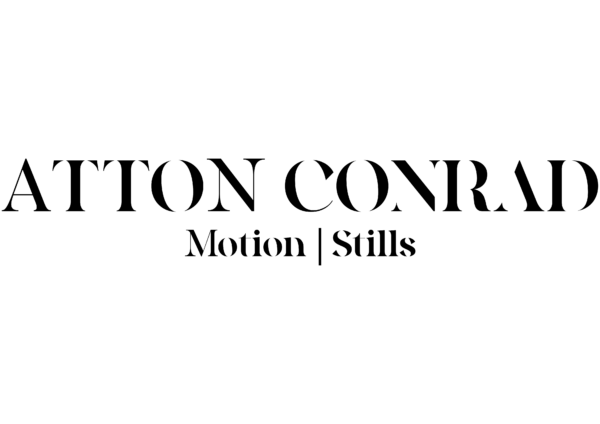
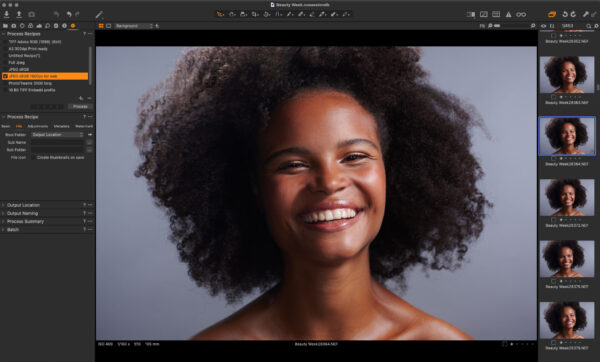
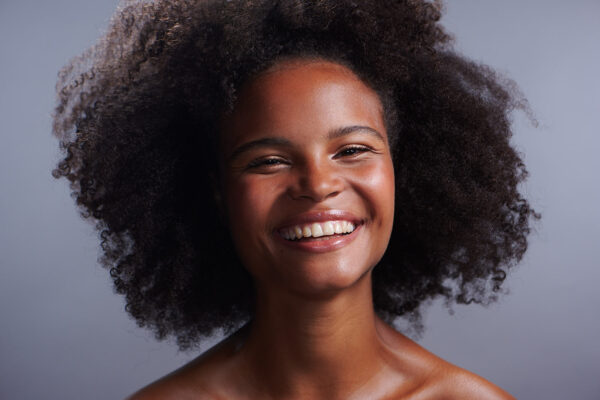
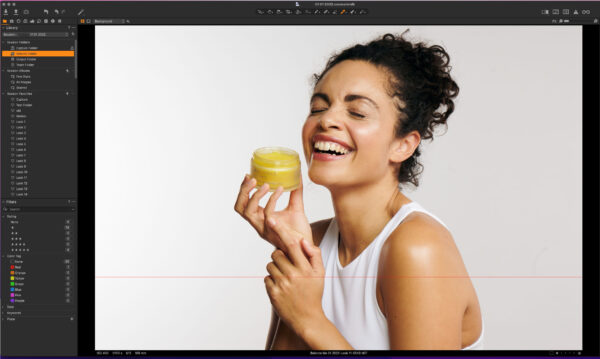
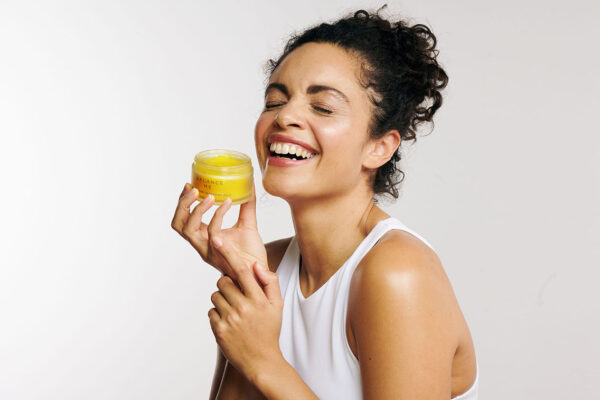
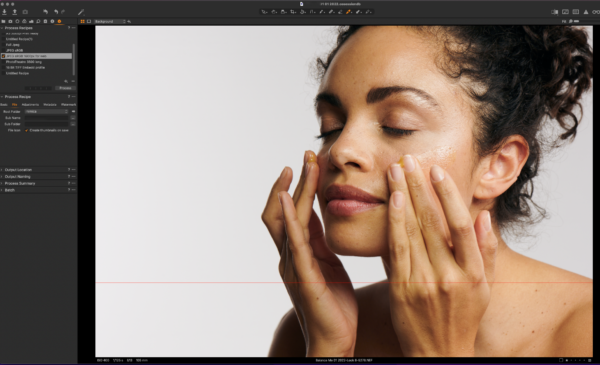
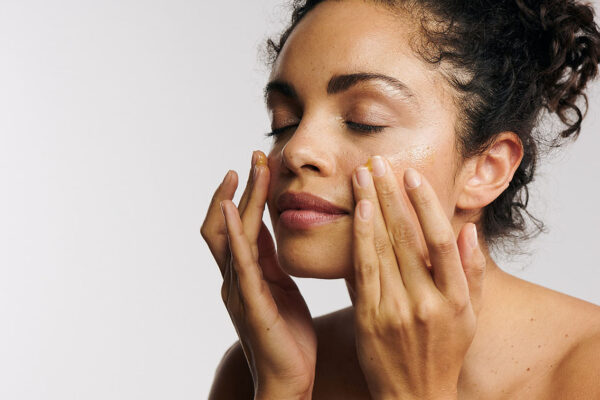
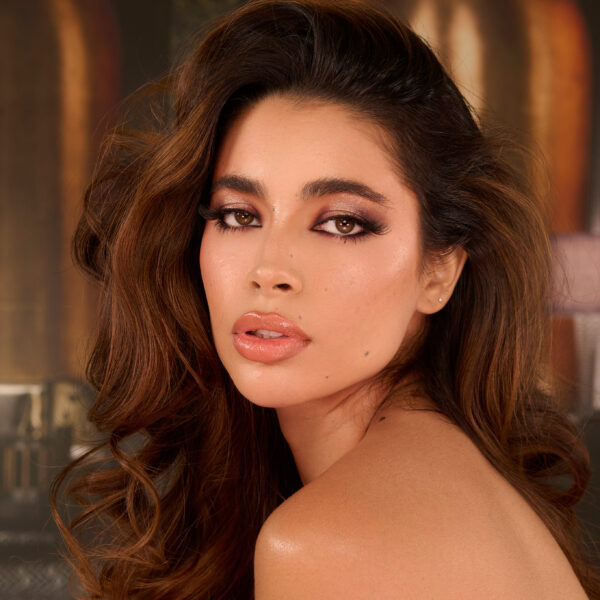
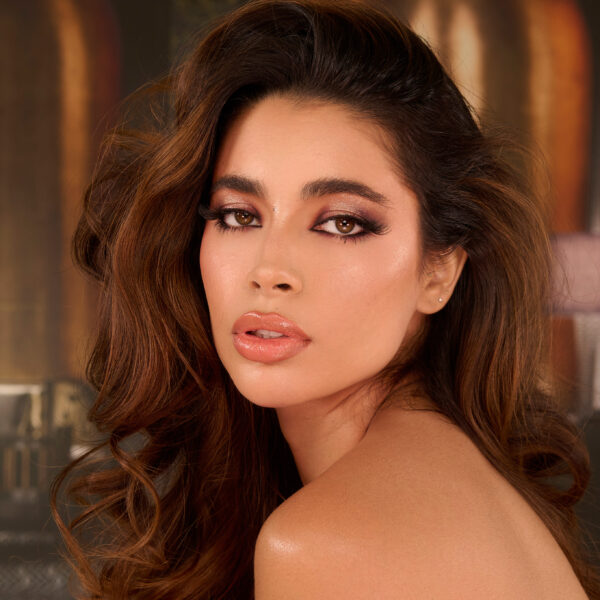
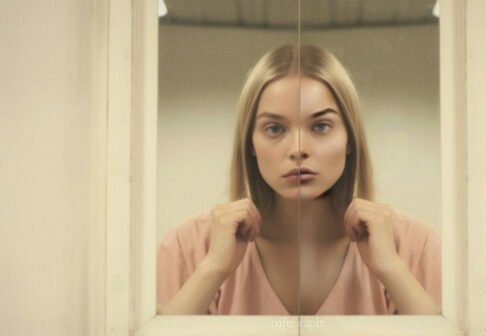
Leave a Reply